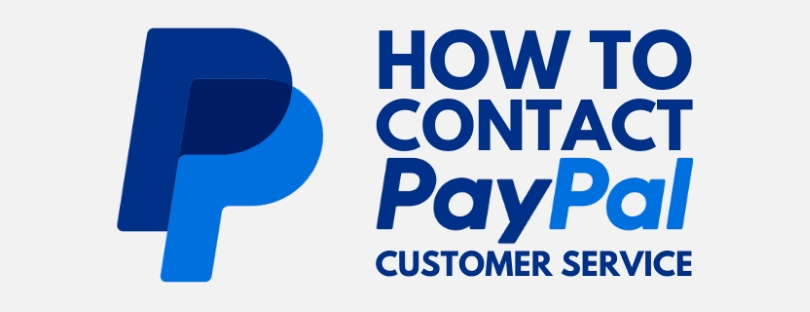
What is Multi Factor Authentication and how to use it?
Technology has transformed the way we operate and grow our businesses, from enabling remote work for employees to making data-driven decisions with powerful analytics tools. While businesses now have the ability to scale faster than ever before, they’ve also opened themselves up to an increased risk of sensitive information falling into the wrong hands. Multi Factor Authentication
That’s why almost all online services – banks, social media, shopping and yes, Microsoft 365 too – have added a way for your accounts to be more secure. You may hear it called “Two-Step Verification” or “Multifactor Authentication” but the good ones all operate off the same principle. When you sign into the account for the first time on a new device or app (like a web browser) you need more than just the username and password. You need a second thing – what we call a second “factor” – to prove who you are.
What Is the Purpose of MFA? Multi Factor Authentication Examples
Something you know
Knowledge factors are the most common — and vulnerable — type of security. Knowledge factors are less secure because the information is easier to share or steal. A multi-factor authentication example of something the user knows could include:
- Passwords.
- PIN (or personal identification numbers).
- Answers to supposedly secret questions (such as “Where were you born?” or “The name of your first-grade teacher.”)
Something you have
Something the user has — also called possession factors — have been the foundation of security for centuries. The most basic version is a key, which opens a lock. Possession factors are more complex now, but the premise is the same. A multi-factor authentication example of something the user has could include:
- Google Authenticator (an app on your phone).
- SMS text message with a code.
- Soft token (also called software token).
- Hard token (also called hardware token).
- Security badge.
Something you are
A biometric verification (or something the user is) is a way to identify a person using their unique biological traits. Examples of biometric verification include:
- Fingerprint.
- Palmprint.
- Voice.
- Retina and iris patterns.
- Signature.
- DNA.
Multi-Factor Authentication is a security technology that requires a user to provide two or more methods of authentication to verify a user’s identity before they can gain access to a resource, such as an online account or application when logging in with a username and password. These verification factors can include a combination of what the user knows (a password or PIN), what the user possesses (smartphone or badge), and who the user is (fingerprint or voice recognition).
The most common MFA factor that users encounter is one-time passwords (OTPs). OTPs are 4-8 digit codes sent by email, SMS, or mobile app that are generated periodically or each time an authentication request is submitted.
Microsoft Authenticator can be used not only for your Microsoft, work, or school accounts, you can also use it to secure your Facebook, Twitter, Google, Amazon, and many other kinds of accounts. It’s free on iOS or Android.








